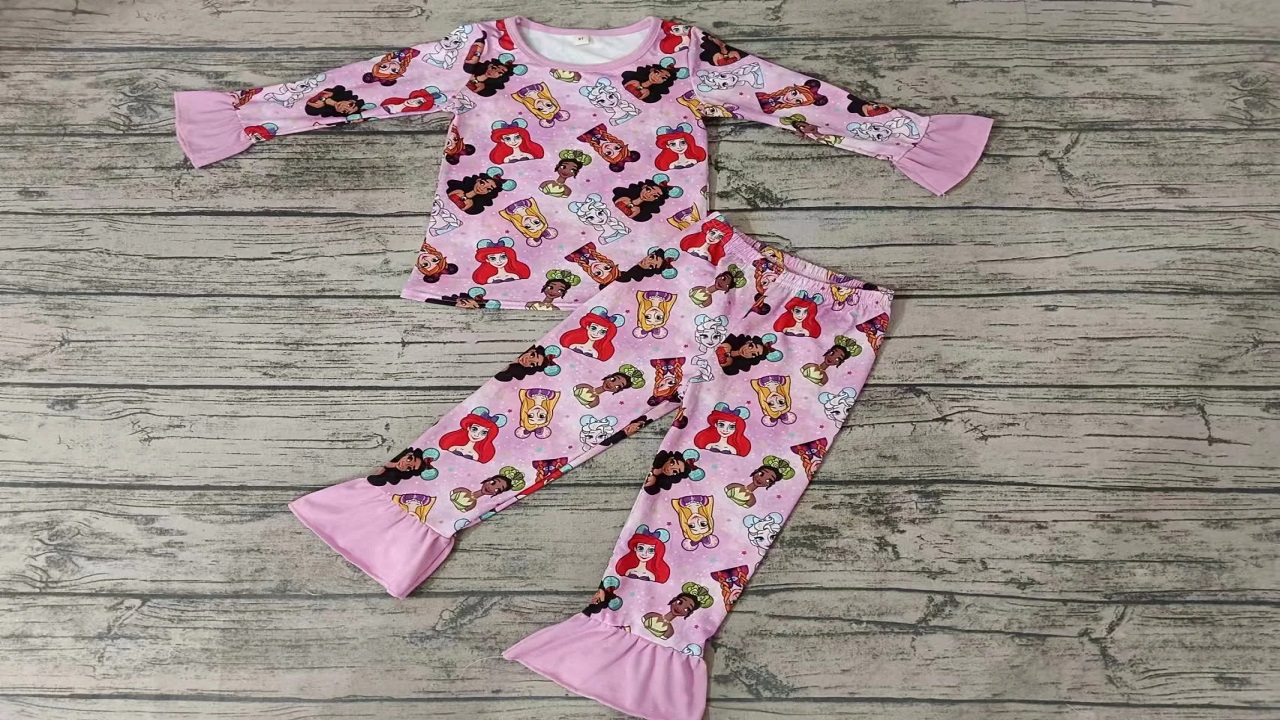Another success factor that is relevant to cut and sew manufacturers china control as it helps to maintain the quality of garments to the standard level. This process is very important in as much as it assists in the following ways. The quality of the product is maintained the customer expectations are met the image of the company is protected the following is a description of the way that quality control is employed in Cut and Sew manufacturing and why it is needed.
Understanding Quality Control
Quality control (QC) in cut and sew manufacturing therefore involves the application of procedures that are designed to evaluate the quality of garments at different stages of production. From the selection of the fabric to even the inspection of the garments, every process is done to attain the set quality goals.
Main Phases of Quality Control
Fabric Inspection
In this process, the fabric is examined before the real process of production is initiated. This step is very important since fabric is the key determinant of the quality of the final product, which is the garment. Manufacturers look for imperfections like colors, texture, and other factors that may affect the look and the quality of the garment. The first aspect of making a quality product is therefore to select the right fabric to be used in making the product.
Cutting and Sewing
While cutting and sewing, some precautions are taken to ensure that the quality of garments produced is as required. Employees make sure that the pieces of fabric are properly measured in relation to the patterns and that sewing is properly done. Such checks assist in solving problems such as misaligned seams or stitch problems before they get to the final garment.
Garment Inspection
The garment is then subjected to a rigorous inspection once it has been sewn and all the parts have been joined together. This entails checking on the overall size, shape, and surface of the product to ensure it is correct. They inspect for any flaws such as loose threads, ill-stitched hems, or the wrong size of the garment. This stage is crucial in that any flaws that may be present in garments are identified before they are sold to the consumers.
Final Quality Checks
The final steps of quality assurance may involve both, visual and functional checks. Clothes are visually inspected for general appearance and may undergo further tests based on the durability test that is to be performed such as checking for color fastness or tensile strength. These are the last checks that are important in ensuring that the garments are fit for the market.
Conclusion
Quality assurance is one of the most important activities in cut-and-sew manufacturing that seeks to produce quality garments. All the activities ranging from fabric inspection to final check are aimed at achieving the set standards and customer expectations. By quality control, the manufacturers are in a position to produce quality products that meet the customer needs and at the same time are cheap to produce. In the fashion industry, quality control is not only a best practice but a must practice in the growing market. In reviewing these aspects, you will be able to pinpoint those manufacturers that offer cheap but quality products. This cautious analysis helps you select the right manufacturer who will not let you down and assist your brand to thrive in a saturated market.


